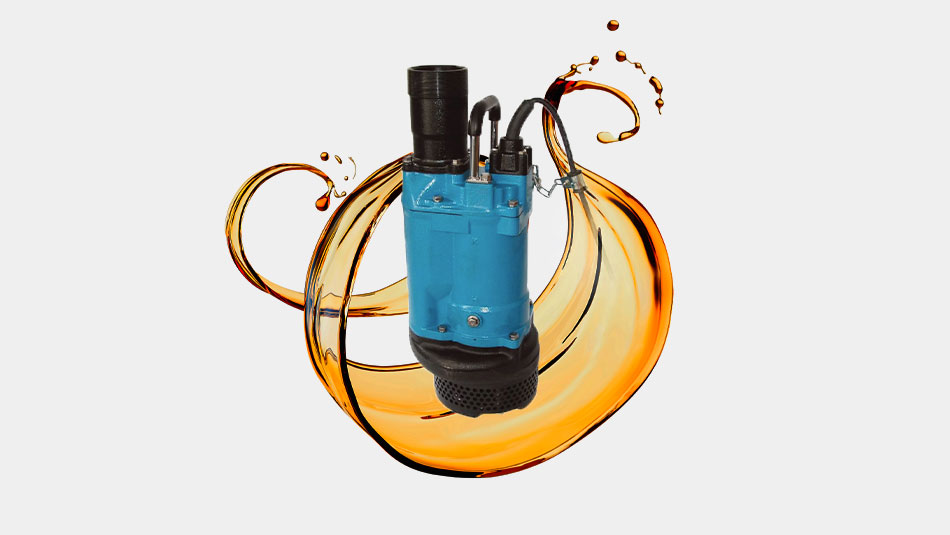What is the purpose of wastewater pumps in the energy sector?

Everything you need to know about the purpose of wastewater pumps in the energy sector
In the energy sector, it is absolutely necessary to install a pump system for the transfer or treatment of wastewater. Whether to treat water mixed with chemical products or to evacuate wastewater, the construction materials of the equipment must resist corrosion. Discover the different models of hydraulic pumps suitable for wastewater.
Need advice?
Our team of experts is here to help you.
You can contact us via a simple click:
What is wastewater?
This is water that contains suspended particles: pollutants, residue, waste, particles, etc.
Effluents
This is industrial wastewater containing various chemical pollutants and other toxic products. Industries must ensure the pre-treatment of this water before discharging it into a river or into the collective sewage network. They may also choose to re-use it to wash certain materials or for the cooling process.
Domestic wastewater and rainwater
On each industrial site, this is water from the toilets and group kitchens, i.e. household water and toilet water. In precisely the same way as for domestic use, this water is evacuated into the public network via a sewer connection. The wastewater is then conducted to a wastewater treatment facility, where it is depolluted.
However, for rainwater, it is necessary to provide evacuation systems to prevent the problems of flooding, runoff and infiltration that could have serious consequences for production and the security of the site.
Why use a wastewater pump?
In the energy sector, wastewater often contains aggressive and dangerous chemical products. Depending on the composition of the liquids, the treatment processes and the pumping systems are very different. The pumps must be chosen according to the required use and be built of suitable construction materials.
Stored wastewater is sucked in with a transfer pump. It undergoes a cleaning treatment and is then rinsed.
This operation is used for the decontamination of the pools of nuclear power plants, although in this particular case, the pumps are either disposable or decontaminated.
These pumps enable the pumping of heavy, high-density water that contains granulates, heavy metal residue, condensates, etc.
It is sometimes useful to add treatments and to dose chemical products. In this case, dosing pumps are installed.
For example, sodium hypochlorite for disinfection, sludge clarifiers, limewater to control pH, charcoal for odours, the injection of polymers, etc.
There is also another piece of equipment that is absolutely essential to guarantee the safety of sites: the installation of water evacuation pumps in case of flooding.
An update on the different wastewater pumps
Self-priming surface pumps
JAPY JET 10S, 11S, 14S, 15S and 17S semi-open electric pumps are used for clear water or water with low particle content to drain reservoirs, basins, etc.
Their flow rate is between 8 m3/h and 29 m3/h. The maximum discharge height is 16 metres and 6 metres for suction.
Certain models of turbine pumps are adapted for better corrosion resistance. For this purpose, the pump body and impeller are preferably made of bronze or stainless steel. Our JAPY JET02BZ, JET03BZ, JET10BZ, JET11BZ, JET14BZ and JET15BZ pumps, as well as our JAPY JET14IX, JET15IX electric turbine pumps, are used for various applications: seawater treatment, the transfer of water from basins, condensates, process water, etc. This type of centrifugal pump also supports higher temperatures.
Submersible pumps
Commonly called site pumps, they are designed to evacuate wastewater and to drain not very corrosive liquids: rainwater, runoff and infiltration.
For draining and emergency pumping, it is ideal provide for above-ground systems. In this range,the PE-S drainage pump is a particularly easy-to-handle portable tool.
It is also possible to install submerged pumps to evacuate water with a very heavy particle content. The PC-AL pump is suitable for sandy and muddy fluids, as well as intensive use.
Peristaltic pumps
For wastewater treatment, they are used for fluid transfer and dosing.
These displacement pumps are capable of operating dry, are self-regulating to compensate for pressure fluctuations and adapt to differences in fluid viscosity. As the fluid does not touch the pump, they are very robust. It circulates in a pipe that is resistant to the abrasion of a good number of chemical products.
Before making your choice, we recommend you correctly determine your needs and define the constraints for the installation of the pump:
- the height and length of the suction and discharge hoses;
- the diameter of the hoses, which depends on the lengths mentioned above and the nature of the liquid, its particle size, viscosity, etc.
- the temperature of the liquids, which determines the choice of the materials: cast iron, steel, stainless steel, etc.
- the power in kW, the flow rate in bars, the Total Dynamic Head (TDH), etc.
